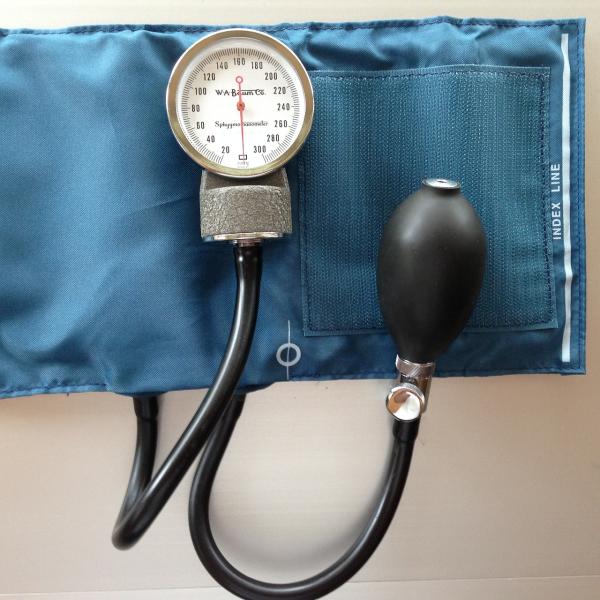I’m a pretty “zen” guy, but I will readily admit that when I go see the doctor, I have a unique form of “white coat” syndrome; I call it “wrong side of the desk” syndrome. Simply put, it was always a lot more comfortable being the doctor than now being the patient. There are other reasons why those blood pressure measurements fluctuate over such a large range – someone slaps on a cuff too large or small and proceeds to wrap that cuff around my sweater or sweatshirt, encasing my arm. All of these are significant and simple errors. That might explain why no one seemed to care after recording a blood pressure of 200/110. Perhaps they record blood pressure, not as a legitimate physical measurement but to check off a physical examination box.
A recent edition of Medscape Spanish spoke to the issue of how we get such an essential simple measure wrong. Hypertension, easily detected with a blood pressure cuff, is a significant disease in the US and globally. While the definition of what constitutes high blood pressure varies, it is fair to say that roughly half of all adults in the US are hypertensive. As of 2018, healthcare for hypertension cost approximately $131 billion, so accurate diagnosis is imperative.
As the Medscape article reported
- Often blood pressure measurements were not taken at the appointment at all. And this included cardiology visits where blood pressure is a physiologic basic.
- To correctly take blood pressure, it should be measured with the patient seated quietly, with the correct size cuff on a bare arm that the examiner holds at the level of the patient’s heart. To obtain the three separate measurements determining your correct blood pressure requires 4 minutes. Of course, that is 25% or more of your entire visit for many of us.
- The authors favor those automated devices, feeling that humans are insufficiently attentive or reliable. Given all those too-large cuffs on my sweater-covered arm, they have a point. But in most instances, in today’s time-driven offices, those blood pressures were taken with automated equipment – does the term garbage in, garbage out have any meaning? According to the National Institutes of Health, the manual and automated sphygmomanometers, the medical term for a blood pressure cuff, should be calibrated every 6 to 12 months. If a health system can’t train its staff to take blood pressure measurements properly, do you think its biomedical engineering department recalibrates that equipment?
- As a lapsed vascular surgeon, I will add that to be truly helpful, you need to take the blood pressure in both arms as they can vary, with one being higher than another. But I know, given the problems already noted, that taking the blood pressure in both arms is a “bridge too far.”
The other problem with these erroneous or possibly inaccurate blood pressure measurements is that they are then dutifully entered into healthcare’s “permanent record,” the electronic health record. And from there, without any data cleanup, they are used in both our care and research. Can we really build scientific associations, let alone causations, on shaky data? And while I recognize that the last statement may be hyperbolic, it does suggest that we apply a few grains of salt to the blood pressure measurements noted in studies.
Finally, I am left in a quandary; should I be concerned that my doctor was unconcerned about those very high blood pressure readings? After all, they didn’t even bother to repeat them. Is my blood pressure of concern to them, or do they know that it is often a sham and is recorded as a necessary portion of any physician billable visit? Are they equally cavalier about my heart and lung sounds? Ask yourself when the last time a physician listened to your heart and lungs with the stethoscope directly applied to your bare skin, and not like my blood pressure, through the muffling of my shirt and sweater.
Source: Three 'Synergistic' Problems When Taking Blood Pressure Medscape




